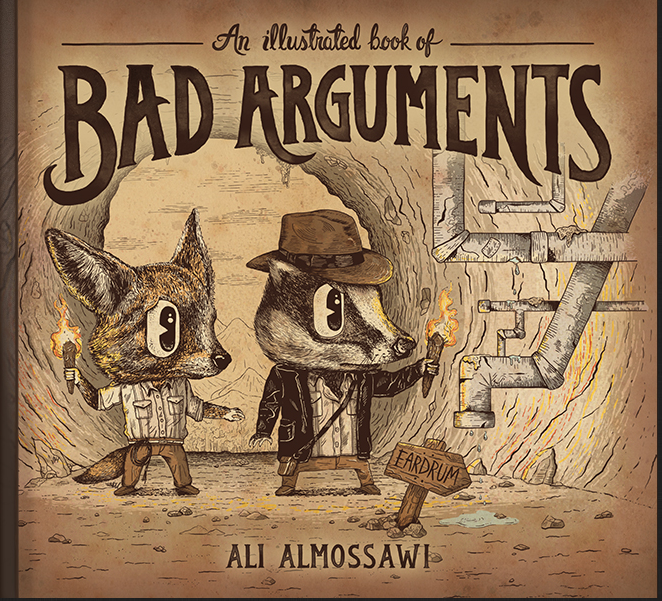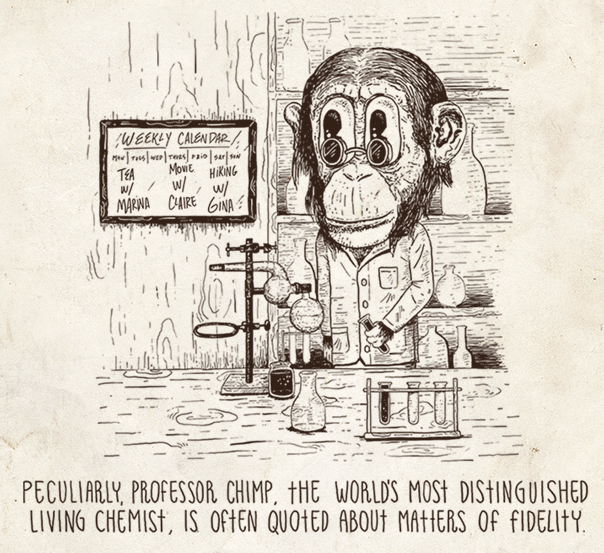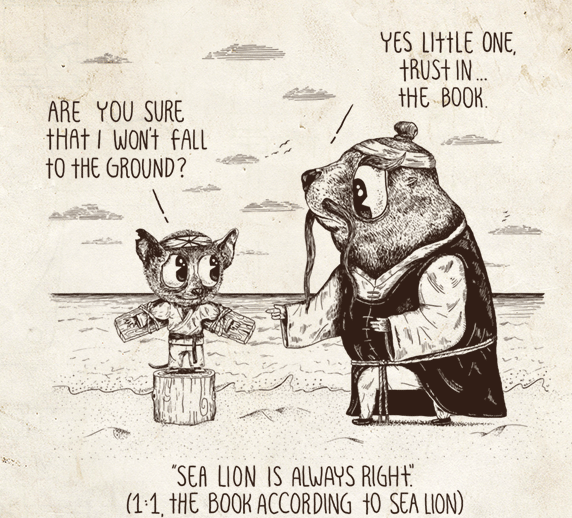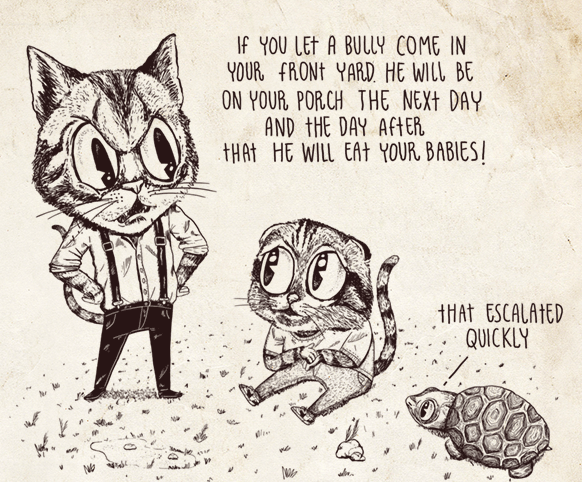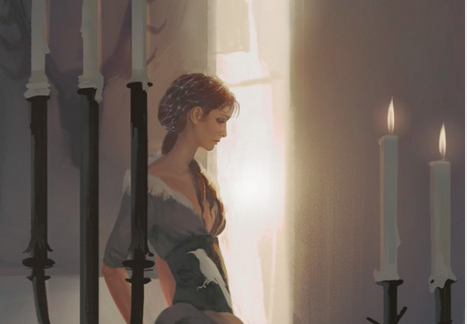We all know that saying about walking in another’s shoes, but what about seeing through another’s eyeballs? I’m not talking about perspective. I’m talking about color. As in I see it, and my husband doesn’t. At least not the way I do.
His coping mechanism is to challenge me whenever I refer to something as “blue.” To him, it’s grey, or brown, or some other non-blue shade. He wants me to see it that way too. To admit that I am wrong. For my part, I feel it’s important that the person to whom I’m married acknowledge that there’s no way my favorite bowl can be the color of cement, no matter what his cone cell receptors are telling him.
Perhaps he’d have better luck asking patient strangers to describe color to him, as blind-from-birth film critic Tommy Edison does below. Hmm. Color may be more subjective than my husband’s and my spectral stand-offs would suggest.
According to EnChroma, the company that designed and sells the color-correcting lenses the onscreen guinea pigs are seen wearing in the video up top, an estimated 300 million people suffer from some form of color blindness. Their glasses offer some of those three million a chance at seeing red in the literal sense. The video participants are, not surprisingly, blown away by their first encounter with a Crayola-colored world.
Having refreshed myself on the structures of the eye, I took the color blindness test on EnChroma’s website. I tested normal, having identified the hidden (or in my case not-so-hidden) numbers in a variety of virtual mosaics.
My color blind friend, Bob, agreed to take it too, provided I muzzle myself from offering the sort of commentary to which husbands are subjected. (Whaddaya mean you can’t see it!? It’s bright fuchsia!!!) He pulled a pretty heavy duty protan deficiency, otherwise known as red-green color blindness.
According to the manufacturer, EnChroma glasses are unlikely to color his world. The best he could hope for is a slight improvement after weeks of wearing.
Bummer, except that he lives in Chicago, where the Museum of Contemporary Art offers EnChroma Cx loaners at the reception desk. Like many such institutions, the MCA is actively seeking ways to improve accessibility. (The museum’s color blind director of communications recommends having a look at Martin Creed’s Work No. 1351, a colorful lattice in the cafe. See right below.)

Perhaps Bob will get a peek at something he hasn’t seen before. Like red. Others will experience a revelation. Meanwhile, an insufferable non-colorblind individual such as myself might get an effect akin to an Instagram filter. My colors will pop.
“Unfair,” say Bob and my husband. I have to agree. Should the Museum of Contemporary Art offer color-leeching glasses, I will wear them, even if the frames are really ugly. Until then, the video below provides some sense of what those of us who see the full range of color aren’t missing.
Related Content:
Jorge Luis Borges, After Going Blind, Draws a Self-Portrait
Helen Keller Speaks About Her Greatest Regret — Never Mastering Speech
Ayun Halliday is an author, illustrator, and Chief Primatologist of the East Village Inky zine. Follow her @AyunHalliday
